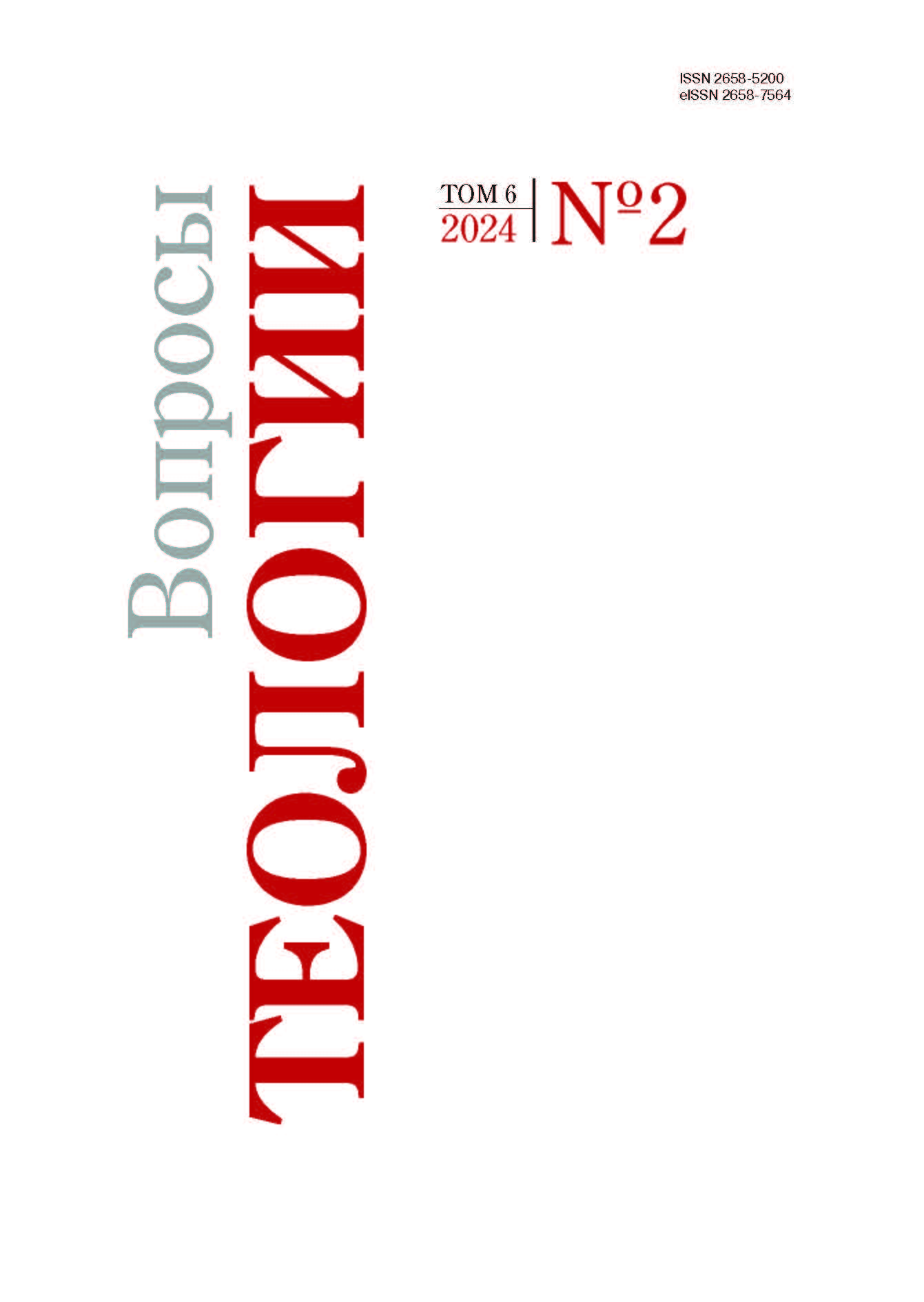Christian theology and the archetypal in religion: A reconciliation experience for the stances
DOI:
https://doi.org/10.21638/spbu28.2024.202Abstract
The term “archetype” became ingrained in modern humanities. This was greatly due to the works of the founder of analytical psychology, C. G. Jung. Jung himself linked the idea of archetypes with the collective unconscious, the concept of which took shape in his mind under the influence of E. Durkheim and L. Levy-Bruhl’s works. Since, in the mind of the author and his closest followers, the term “archetype” had a connection with the spiritual and cultural heritage accumulated by humankind, it resulted in attempts to analyze pieces of artistic creativity in order to identify archetypal models and plots in them and to explain the logic of the creating and social functioning for works of art, primarily the verbal one (M. Bodkin, E. M. Meletinsky, A. Y. Bolshakova). Another focus of research is the application of the theory of archetypes to the problems of mythology and religious studies (E. Neumann, K. Kerenyi, J. Campbell, M. Eliade). The facts observed by researchers of different areas require serious reflection based on the stances of Orthodox theology. This can be done only based on a centuries-old church tradition. The Christian spiritual heritage includes, in particular, the texts of the Holy Fathers (Corpus Areopagiticum, St. Irenaeus of Lyon, Rev. St. John of Damascus, St. Augustine), who use both the term “archetype” alongside with the terms close to it in meaning (“prototypes”, “predestinations”, “predeterminations”). All of them correlate with the doctrine of God’s original plan for the world.
Keywords:
archetype, collective unconscious, social fact, facts of collective consciousness, patterns, prototypes, predestination, Divine ideas
Downloads
References
References
Downloads
Published
Issue
Section
License
Articles of "Issues of Theology" are open access distributed under the terms of the License Agreement with Saint Petersburg State University, which permits to the authors unrestricted distribution and self-archiving free of charge.




